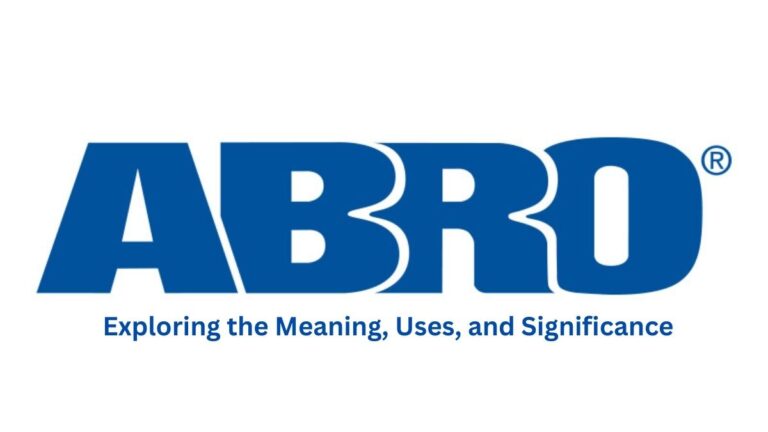Driving Innovation: Top B2B eCommerce Trends Shaping the Future
The B2B eCommerce landscape is rapidly evolving, driven by technological advancements, changing buyer expectations, and the need for efficiency. Understanding and leveraging emerging trends is crucial as businesses strive to stay competitive. In this blog, I’ll explore the top B2B eCommerce trends shaping the future, highlighting their potential, benefits, and challenges.
1. Personalized Buying Experience
B2B buyers now expect the same level of personalization they experience in B2C shopping. Personalizing the buying experience involves tailoring content, product recommendations, and pricing to individual buyers or buying groups.
Benefits:
- Increased customer satisfaction and loyalty
- Higher conversion rates
- Enhanced customer insights
Challenges:
- Requires advanced data analytics and integration
- Ensuring data privacy and security
2. Mobile Commerce
The rise of mobile commerce in B2B is driven by the increasing use of smartphones and tablets for business transactions. Mobile-optimized websites and apps allow buyers to research, order, and track purchases.
Benefits:
- Greater accessibility and convenience
- Faster response times
- Improved customer engagement
Challenges:
- Developing mobile-friendly platforms
- Ensuring seamless user experience across devices
3. AI and Machine Learning
AI and machine learning are transforming B2B eCommerce by enabling smarter decision-making, predictive analytics, and automated processes. These technologies can optimize pricing strategies, inventory management, and customer support.
Benefits:
- Improved efficiency and accuracy
- Enhanced customer experience
- Data-driven insights
Challenges:
- High initial investment
- Integrating AI with existing systems
4. Omnichannel Strategies
B2B companies are adopting omnichannel strategies to provide a seamless buying experience across multiple touchpoints, including online, mobile, and in-person channels. This approach ensures consistent messaging and interaction with customers.
Benefits:
- Unified customer experience
- Increased sales opportunities
- Better customer insights
Challenges:
- Coordinating across channels
- Maintaining consistent branding and messaging
5. Self-Service Portals
B2B buyers increasingly prefer self-service portals where they can manage their accounts, place orders, track shipments, and access support resources without interacting with a sales representative.
Benefits:
- Enhanced customer autonomy
- Reduced operational costs
- Improved customer satisfaction
Challenges:
- Developing intuitive and user-friendly portals
- Ensuring comprehensive support resources
6. Subscription Models
Subscription-based models are gaining popularity in B2B eCommerce. They offer businesses a predictable revenue stream and provide customers with convenience and cost savings. These models are particularly effective for consumable products and services.
Benefits:
- Predictable revenue stream
- Increased customer retention
- Convenience for customers
Challenges:
- Managing subscription logistics
- Ensuring consistent product quality
7. Advanced Analytics and Reporting
Advanced analytics and reporting tools help B2B companies gain deeper insights into customer behavior, sales trends, and operational efficiency. These insights enable better decision-making and strategic planning.
Benefits:
- Data-driven decision-making
- Enhanced performance tracking
- Improved customer understanding
Challenges:
- Implementing and maintaining analytics tools
- Interpreting and acting on data insights
The Impact of Trends: Key Statistics
Understanding the impact of these trends is crucial for businesses looking to stay ahead in the competitive B2B eCommerce landscape. Here are some key statistics highlighting the significance of these trends:
- Personalization: According to Accenture, 91% of consumers are likelier to shop with brands that provide relevant offers and recommendations.
- Mobile Commerce: A Forrester report predicts that mobile devices will influence over $1.4 trillion in B2B sales by 2024.
- AI and Machine Learning: McKinsey estimates that AI can potentially create $2.6 trillion in value in marketing and sales alone.
- Omnichannel: Research by Aberdeen Group shows that companies with strong omnichannel strategies retain an average of 89% of their customers, compared to 33% for companies with weak strategy.
- Self-Service Portals: Gartner predicts that by 2025, 80% of B2B sales interactions will occur in digital channels.
- Subscription Models: Zuora’s Subscription Economy Index reports that subscription businesses grew five times faster than S&P 500 company revenues between 2012 and 2019.
- Advanced Analytics: According to Deloitte, companies that use advanced analytics are twice as likely to exceed their business goals.
Dario’s Insights
Staying ahead of the curve in B2B eCommerce requires embracing and integrating these emerging trends into your business strategy. Here are some key takeaways:
- Leverage Data: Use data analytics to gain insights into customer behavior and preferences, enabling personalized experiences and better decision-making.
- Adopt Mobile-Friendly Solutions: Ensure your eCommerce platform is optimized for mobile devices to cater to the growing number of mobile users.
- Invest in AI: Implement AI and machine learning to automate processes, enhance customer experience, and gain a competitive edge.
- Focus on Omnichannel: Develop a cohesive omnichannel strategy to provide a seamless and consistent customer experience across all touchpoints.
- Empower Customers: Offer self-service options to meet the growing demand for autonomy and convenience among B2B buyers.
Dario’s Final Thoughts on B2B eCommerce Trends
The B2B eCommerce landscape continually evolves, with new trends shaping how businesses operate and interact with customers. By understanding and leveraging these trends, companies can enhance their competitiveness, improve customer satisfaction, and drive growth. Whether through personalization, mobile commerce, AI, or omnichannel strategies, staying ahead of the curve is essential for success in the dynamic B2B eCommerce market.







